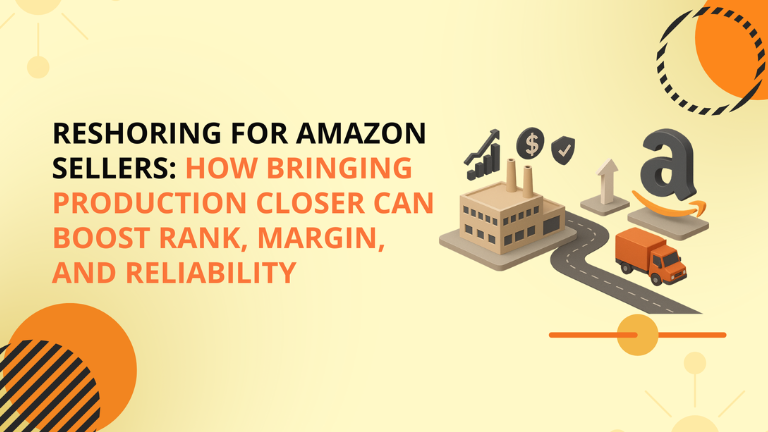Price transparency just took a big step forward. Amazon is testing a Price History view on some product pages, and its AI assistant Rufus already lets some shoppers ask for price history directly in the app. For sellers, this is a shift from claims to proof. In this guide, we’ll show how to protect conversion, margins, and Buy Box eligibility in a world where your last 30 days are one tap away.
Contents
What changed (and why it matters)
- In-app price history: Native visibility increases buyer confidence and exposes inflated anchors. Expect stronger promotion policing and higher standards for “deal” messaging.
- Policy alignment: Amazon’s Fair Pricing posture and ongoing antitrust scrutiny around discounting and Buy Box mechanics mean credibility is a ranking signal—formal or not.
- Tooling shift: Shoppers get a simple history; sellers still need deep analytics (long horizons, competitor mapping, API feeds) from third-party tools.
The stakes: trust, Buy Box, and compliance
Consumer advocates have long flagged inflated reference prices. With native history, shoppers can verify in seconds—and Amazon can better enforce price integrity that influences Buy Box visibility.
Diagnose your exposure
- Pull 30–90-day price histories for top ASINs; mark true troughs.
- Check parity: if you’re lower off-Amazon, you may risk Buy Box suppression.
- Map deal cadence (LD/BD/Coupons/Prime) against real historical lows.
Engineer credible deals
- Build a Deal Calendar aligned to actual troughs (not artificial pre-event spikes).
- Pair promos with content upgrades—new main image/A+, review velocity—to justify price and defend margin.
- Set repricing floors & margin guards (automation with human review).
Execute and monitor
- Track conversion + glance views during promos; compare to prior events at similar price positions.
- Watch Buy Box and Unit Session %; if volatility spikes, re-check parity and delivery promises.
- Post-event: log your new trough and update the calendar.
Pro playbook: 7 steps we run for clients
- Price Integrity Audit (30–90 days per ASIN).
- Parity & Buy Box risk scan across channels.
- Contribution-margin floors integrated into repricing.
- Event design (LD/BD/Coupons/Prime) anchored to real lows.
- Creative uplift (images, A+, reviews) to support premium pricing.
- Competitor tracking (longer-horizon histories, rank correlation).
- Post-mortems to refine troughs, elasticities, and timing.
Want a done-for-you Price Integrity Audit (free for first 10 SKUs)?
Follow Big Internet Ecommerce (BIE) on Instagram & LinkedIn to stay updated with the latest trends in Amazon selling.






